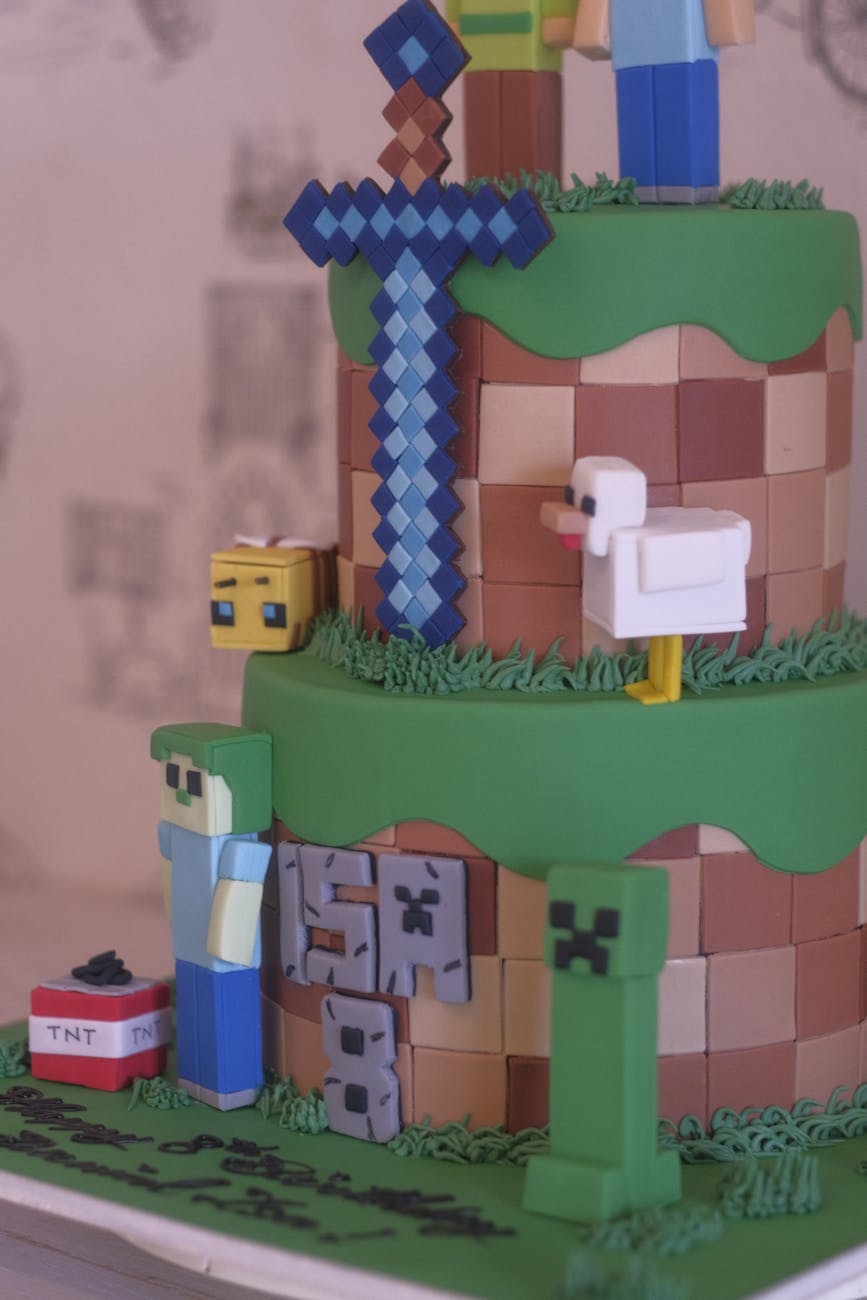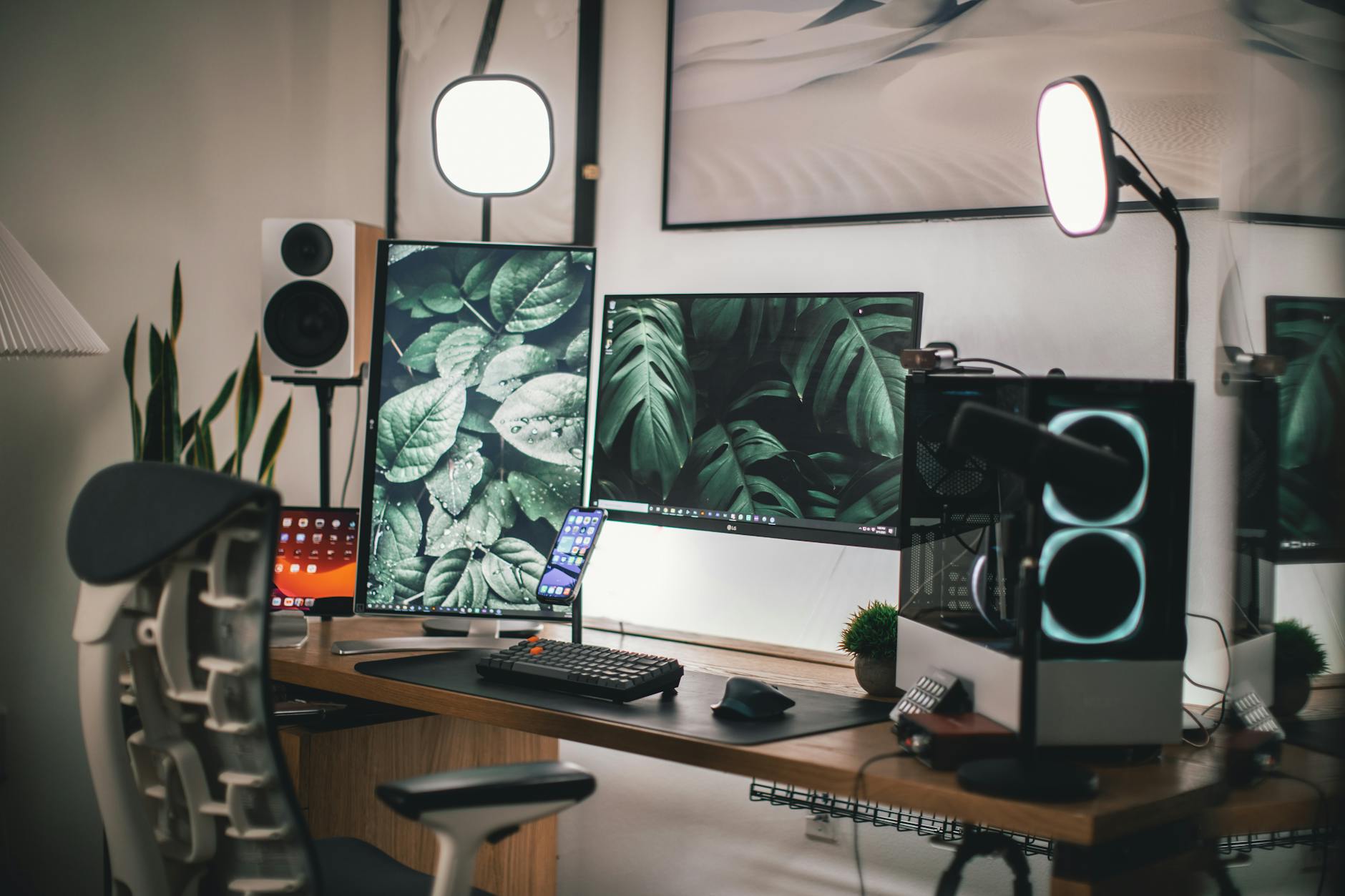Minecraft Modding Mayhem: Creating Your Own Unique World
Minecraft, the seemingly simple block-based game, holds a universe of potential within its seemingly cubic confines. Beyond the vanilla experience lies a vibrant community of creators constantly expanding the game’s possibilities through modding. This article delves into the exciting world of Minecraft modding, guiding you through the process of crafting your own unique world, from choosing the right tools to deploying your creations. We will explore the different modding APIs, discuss essential coding knowledge, and offer practical advice for designing and implementing your own custom content. Whether you dream of creating new creatures, building unique structures, or completely altering the game’s mechanics, this guide provides a roadmap to unleash your creativity and transform your Minecraft experience.
Let’s embark on this modding adventure together!
Choosing Your Modding Path
The first step in your modding journey is selecting the right tools and approach. Minecraft offers several modding APIs (Application Programming Interfaces), each with its own strengths and weaknesses. Forge is a popular choice, offering a wide range of tools and community support, making it ideal for beginners and experienced modders alike. Fabric, a newer API, boasts improved performance and a more streamlined development process. Choosing the right API depends on your experience level and the complexity of your mod. Consider factors like the API’s ease of use, available resources, and compatibility with other mods.
Mastering the Fundamentals: Coding and Development
Once you’ve chosen your API, you’ll need to learn the basics of coding. While the specific language used varies depending on the API (Java is commonly used for Forge and Fabric), fundamental programming concepts remain essential. You’ll need to understand object-oriented programming principles, data structures, and algorithm design. Several online resources, tutorials, and communities offer invaluable support for beginners. Don’t be afraid to experiment and learn from your mistakes; the modding community is incredibly welcoming and supportive.
It’s also crucial to understand the Minecraft game mechanics. Familiarity with how the game handles blocks, entities, and events is vital for creating mods that integrate seamlessly into the existing game world. Thoroughly researching the API documentation and exploring existing mods can provide valuable insights and inspiration.
Designing Your Unique World: From Concept to Creation
Before diving into code, meticulously plan your mod. Define its core features, gameplay mechanics, and overall aesthetic. Will it add new items, blocks, dimensions, or even entirely new gameplay loops? Creating detailed documentation, including mockups and diagrams, can streamline the development process and ensure your vision is realized effectively. Consider the user experience, ensuring your mod is intuitive and enjoyable to play.
Consider using version control systems like Git for efficient collaboration and tracking changes throughout the development process.
Deployment and Community Engagement
After completing your mod, thorough testing is critical to identifying and resolving bugs. Utilize various testing strategies, including unit testing and integration testing, to ensure stability and functionality. Once you are satisfied with the mod’s stability and functionality, deploy it to a platform like CurseForge or Modrinth, allowing other players to access and enjoy your creation. Actively engage with the community, respond to feedback, and update your mod based on user suggestions.
Here’s a table comparing Forge and Fabric:
| Feature | Forge | Fabric |
|---|---|---|
| Ease of Use | Moderate | Easier |
| Performance | Good | Excellent |
| Community Support | Extensive | Growing |
| Modding Approach | More traditional | More modern |
Conclusion
Creating your own Minecraft mod is a rewarding experience that allows you to express your creativity and contribute to the vibrant Minecraft community. This journey involves selecting the appropriate modding API, learning fundamental coding skills, designing your mod meticulously, and engaging with the community. From choosing between Forge and Fabric to mastering coding concepts and deploying your creation, each step contributes to the final product: a unique and engaging world crafted by you. Remember, consistent learning, active community engagement, and a passion for Minecraft are key ingredients to success in the world of Minecraft modding. So, equip yourself with knowledge, embrace the challenges, and unleash your inner Minecraft architect – your unique world awaits!
Image by: Dian is Light
https://www.pexels.com/@dianislight


